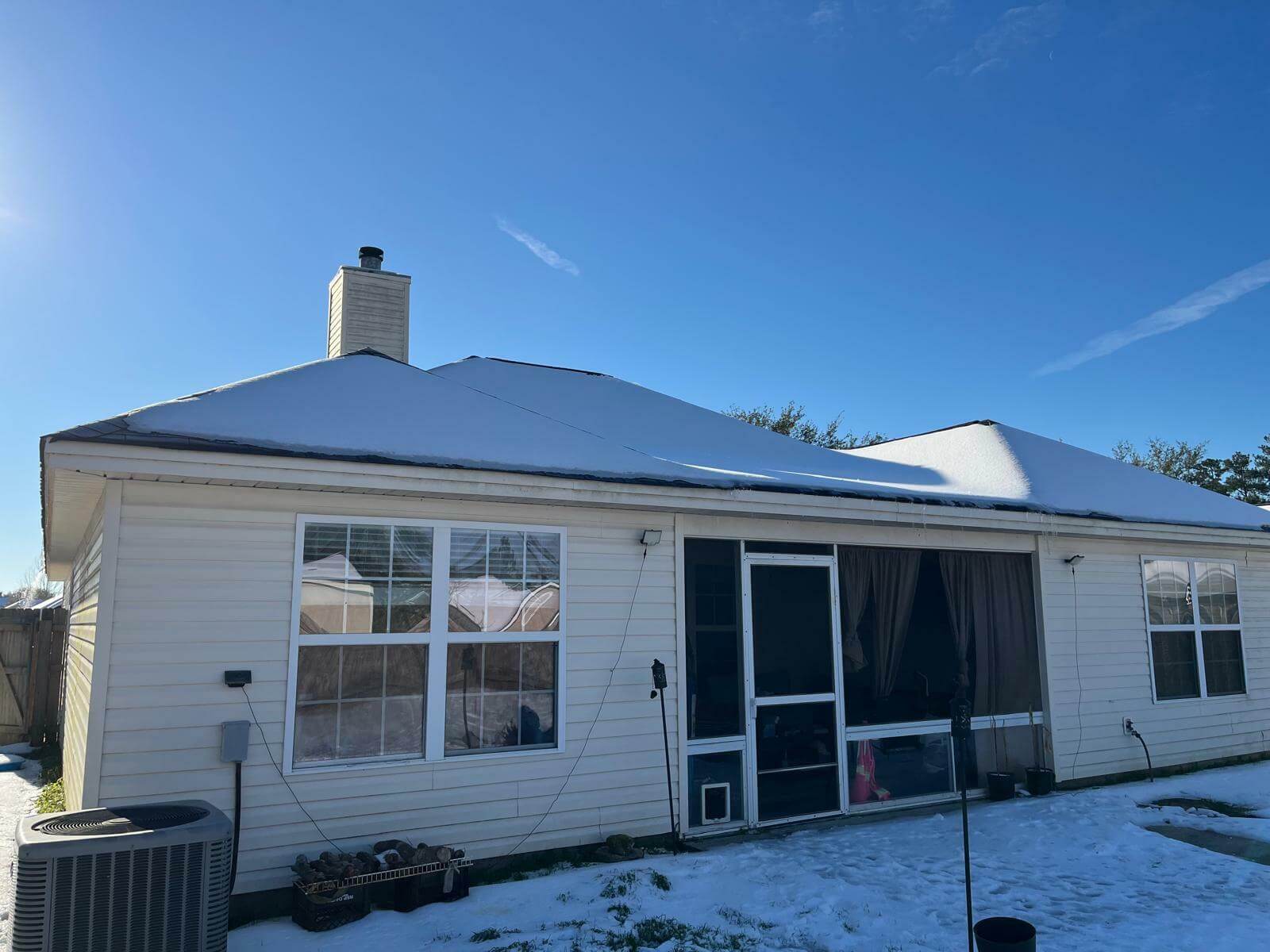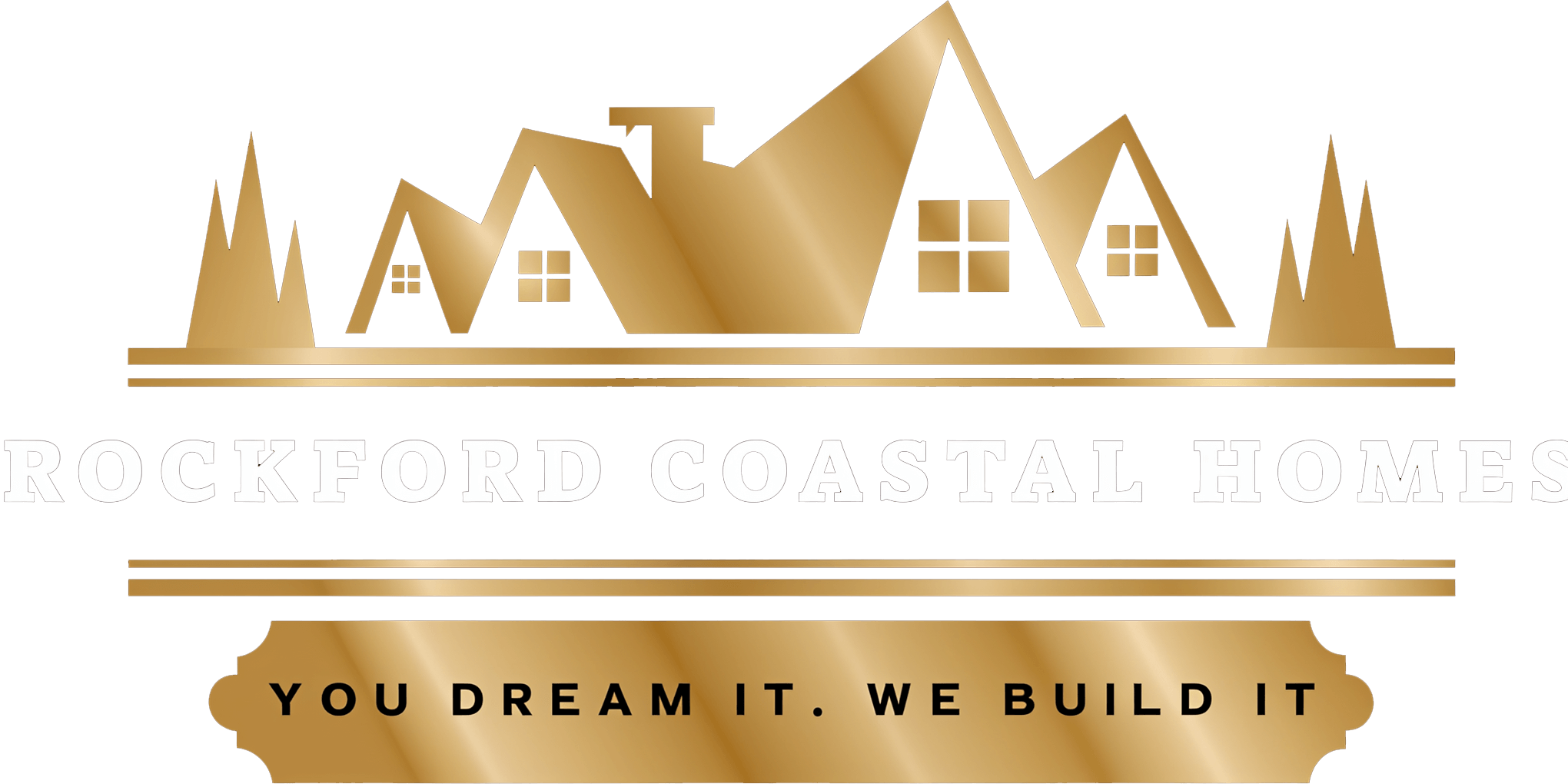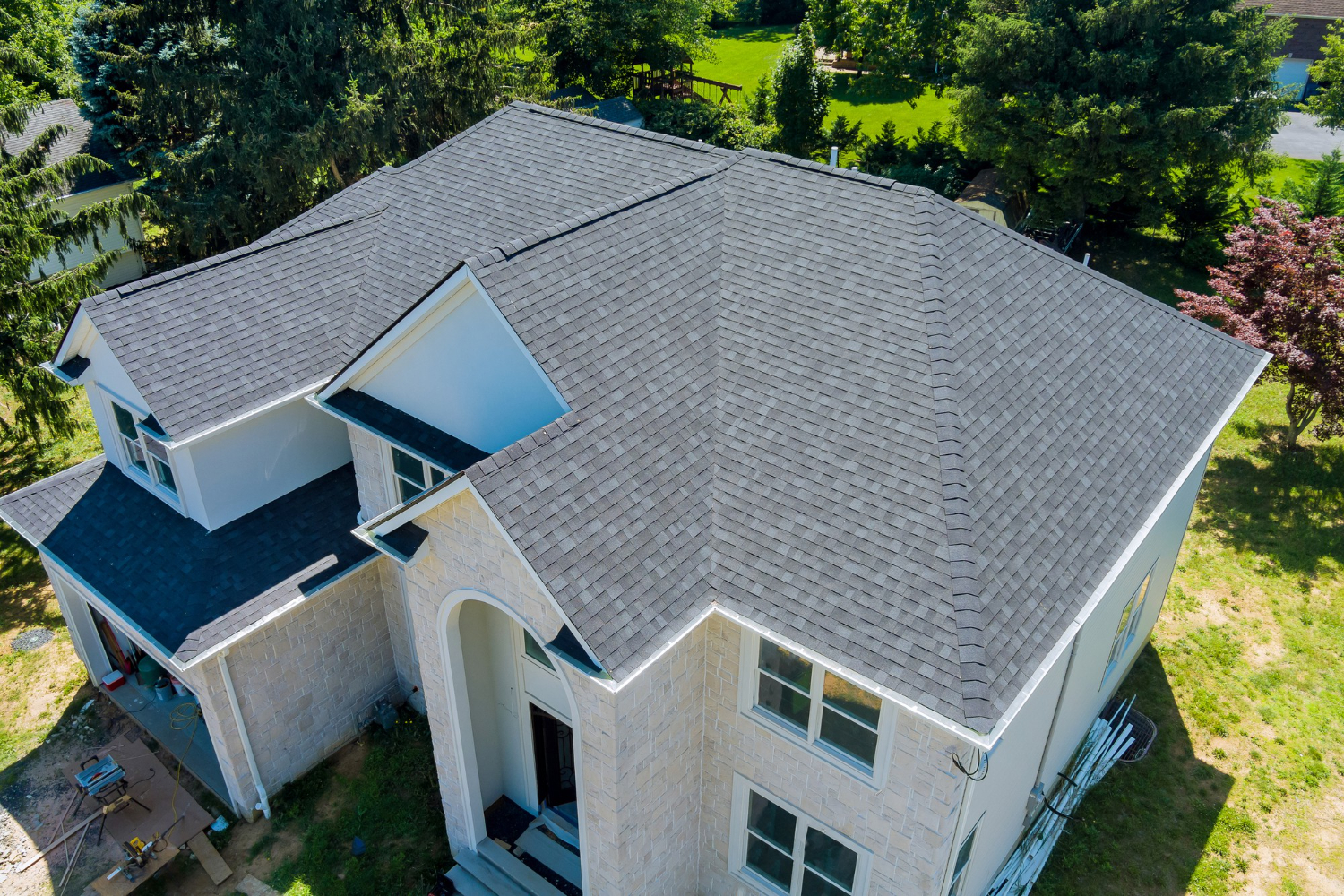Stucco is a popular exterior finish that has been used in construction for centuries. As a homeowner, understanding the properties, benefits, and considerations of stucco can significantly impact the value and aesthetics of your home. This introductory guide will explore the essentials of stucco, from its composition and application methods to maintenance tips and common issues. By familiarizing yourself with stucco, you can make informed decisions about your home’s exterior, ensuring it remains beautiful and durable for years to come.
What is Stucco?
Stucco is made of lime, cement, sand, and water; stucco is applied wet and dries to form a strong surface. While often used on the outside of homes, stucco can also be used inside for decoration and can be painted. Mixing the raw ingredients is important, but many stores sell pre-mixed stucco that only requires adding water.
Stucco can be finished in many styles. Choices include smooth for a sleek look, sand for a textured feel, and various decorative techniques like lace, dash, cat face, and swirl finishes, each adding unique visual details to the building.
History & Evolution
Stucco has been an important part of architecture for thousands of years, starting in ancient Mesopotamia and Egypt. In ancient Rome, it was often used to decorate walls and ceilings with intricate designs. During the Renaissance, it became popular again as artists and architects used it in grand palaces and churches across Europe. The modern development of stucco began in the late 19th and early 20th centuries when Portland cement was introduced. This made it stronger and more durable, allowing for a variety of uses. In the U.S., it became especially popular in the Southwest and California because it can withstand heat and drought, making it a common choice for homes in dry areas.
What Are the Different Types of Stucco?
Stucco is a versatile, durable material commonly used in residential and commercial architecture. It provides not only aesthetic appeal but also acts as a protective barrier against the elements. There are several types of stucco, and understanding these various types can help homeowners and builders make informed decisions on the best applications for their projects.
Traditional Stucco: This is the most common type of stucco. It is known for its durability, ability to withstand tough weather, and classic look, making it a favored choice for homes and businesses.
Synthetic Stucco (EIFS): Also called the Exterior Insulation and Finish System, this newer version has foam insulation beneath its surface. This allows it to look like traditional stucco while offering more flexibility and durability. It works well in areas with extreme temperature changes.
Acrylic Stucco: Acrylic is a newer type of stucco that offers more color and texture options for a personalized look. It can be applied to various surfaces, including previously painted walls or wood, without cracking.
Lime Stucco: Made from lime, sand, and water, lime stucco has been used for centuries and is often chosen for restoring historic buildings. It enables the structure to breathe, avoiding dampness while maintaining the traditional design.
Colored Stucco: This type adds color pigments to the traditional stucco mix, providing a long-lasting and attractive finish without the need for extra paint.
Applications Methods for Stucco
Whether you are a DIY supporter or a seasoned pro, understanding the different methods of applying stucco will help you make informed choices for your projects. There are multiple methods used to apply stucco, including:
One-Coat Method: This method consists of Portland cement, sand, fibers, special chemicals, and water. It requires only one layer and performs well on rigid foam boards and laths.
Two-Coat Method: This method is perfect for brick and block walls. For proper adhesion, the stucco requires a bonding adhesive. It omits the brown coat and directly applies the finish coat over the scratch coat.
Three-Coat Method: This is a traditional method used on wood sheathing or masonry. It consists of cement, sand, fiberglass, acrylic additives, and water. It starts with asphalt paper and a rough scratch layer, followed by a base layer or brown coat, and ends with a textured finish coat.

Pros and Cons of Stuccos
Here, the pros and cons of stucco are outlined to help you make an informed decision about its use in your construction or renovation project.
Pros
Customizable: Stucco can be easily colored, painted, and styled, making it perfect for creative projects.
Affordable: Stucco is one of the most inexpensive siding options, using less expensive materials. You can select pre-made finishes or make a mix on your own from raw ingredients.
Weather-Resistant: A stucco finish’s smooth application provides a shield against rain and snow. Unlike other types of siding, which may have seams, this prevents water and air from dripping in.
Durable: With proper care, stucco can last for an estimated lifespan of around 50 to 100 years.
Resilience: Its materials resist fire, mold, and pests, protecting your home. However, due to its texture, it can have small areas where mold might grow.
Low Maintenance: Stucco requires minimal maintenance, making it convenient for homeowners. Its resistance to moisture and pests plays a significant role in its low maintenance. However, daily checks for cracks are necessary, and they should be repaired as needed.
Cons
Susceptible to Damage: Stucco is fragile and can be easily damaged.
Difficult for DIY: Installing it can be difficult because it requires mixing and color matching, as well as application using a trowel. It is normally better to let the certified experts handle the entire process.
Long Curing Time: For every coat, stucco takes more than 24 to 36 hours to dry.
Needs Regular Upkeep: While stucco is easy to care for, it still requires maintenance. Regular checks, crack repairs, and occasional cleaning are necessary to avoid dust and dirt buildup.
Installation Costs: The materials are cheap, but hiring professionals to install stucco can be expensive due to the time required.
| Pros of Stucco | Cons of Stucco |
| Resistant to fire, insects, and rot. | Prone to cracking in fluctuating temperatures or foundation movement. |
| It can last 50-100 years with proper maintenance. | The porous nature can lead to water penetration if not properly sealed or maintained. |
| It can be textured and colored in various ways. | Installation can be more expensive than some alternatives. |
| Generally, it requires less maintenance than wood siding. | Can be susceptible to moisture issues if not installed or maintained correctly. |
| Helps regulate interior temperatures. | It may not perform well in areas with extreme cold or humidity. |
| Naturally resistant to fire. | Appropriate installation is essential to avoid moisture problems. |
| It can significantly enhance curb appeal. | It can be more challenging to paint than some other siding materials. |
| Provides a strong seal against rain and snow. | Water spots and staining can occur over time, according to Premier Building Restoration, Inc. |
Steps of Stucco Applications
Stucco application usually consists of a three-coat system: a scratch coat that ensures adhesion, a brown coat to level the surface, and a finish coat to define the texture and look. The three-coat method typically consists of the following steps:
Apply Bonding Agent: This layer helps plaster stick to wood, metal, or plastic.
Apply Scratch Coat: Using a trowel, apply a layer of plaster about 1/4 to 1/2 inch thick. Allow it to dry for up to 36 hours.
Apply Brown Layer: Once the first coat is dry, apply a second layer and let it dry thoroughly before applying the final coat.
Apply Finish Coat: After the brown layer has dried for 36 hours, apply the finish coat and create the preferred texture.
Paint (If Required): Stucco can be tinted and does not need to be painted. If you choose to paint, use acrylic latex paint.
DIY Vs. Professional: Stucco Work
It is not recommended that you do stucco work on your own. Most homeowners do not possess the skills required for this task, which requires particular tools and equipment. It is typically better to hire an expert for stucco projects because they have the expertise and employ tools for proper installation and repair. Minor repairs may be suitable for DIYers, but specialists should handle significant damage or challenging areas.
Hire a Professional for Stucco Work
Expertise: Professionals can identify hidden issues like water damage, choose the right materials and methods, and ensure everything is installed correctly for long-lasting results.
Efficiency: Experts can finish the job quickly, saving you time and avoiding problems.
Specialized Tools: Contractors have the right tools to do the job safely and effectively, resulting in a quality finish.
Saving Money in the Long Run: Although hiring pros might cost more initially, it can prevent costly repairs later due to poor installation.
Warranties and Insurance: Pros usually offer warranties for their work and have insurance, giving you peace of mind.
Local Knowledge: Professionals know local building codes and permit needs, ensuring everything is done legally.
Safety: Working at heights or with dangerous materials can be risky. Professionals have the training and equipment to stay safe.
DIY Stucco Work
Small Repairs: Homeowners with some experience can tackle small cracks, patches, or caulking.
Cost Savings: DIY can save on labor costs, but you should also considers material costs and the chance of mistakes.
Learning Experience: Doing these projects can help you learn new skills.
Satisfaction: Finishing a DIY project often brings a sense of satisfaction to homeowners.
Conclusion
Understanding stucco is essential for homeowners considering its use in their properties. Its durability, visual charm, and sustainable exterior finishes make it a desirable exterior finish. However, to guarantee that it stands the test of time, you need to apply it and maintain it appropriately. By being informed about the benefits and requirements of stucco, homeowners can make confident decisions and enjoy the advantages that this versatile material offers.


